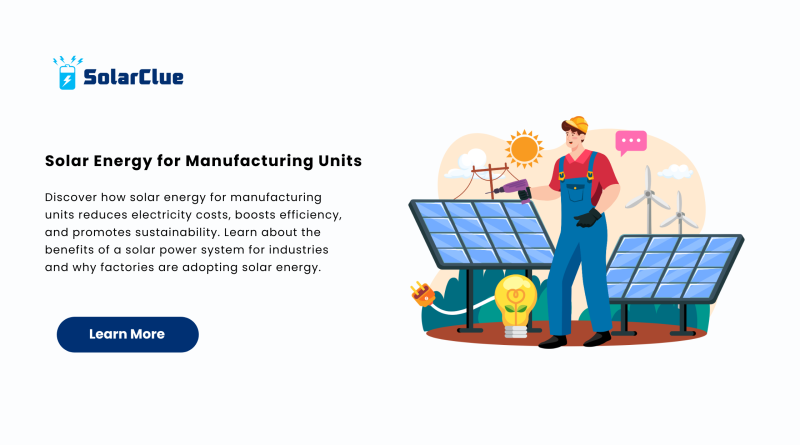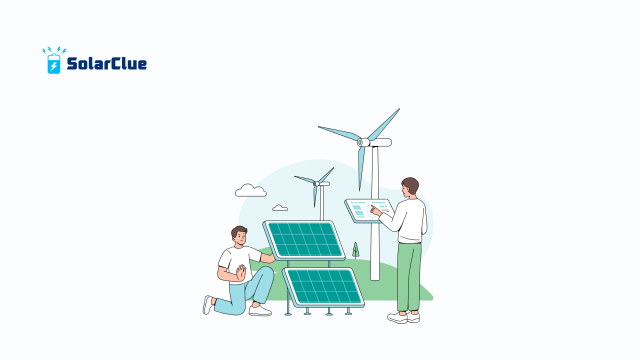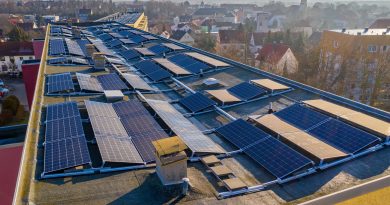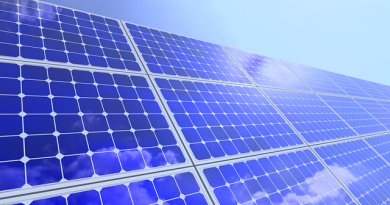Solar Energy for Manufacturing Units
The manufacturing industry is one of the largest energy consumers worldwide, and with rising electricity tariffs, energy dependency has become a serious concern for business owners. This is where solar energy for manufacturing units emerges as a game-changing solution. By installing a solar power system, factories can significantly cut costs, ensure uninterrupted power supply, and achieve long-term sustainability goals. The shift toward solar power is not only about saving money but also about creating a greener footprint in an era where eco-friendly operations are increasingly valued.
Table of Contents
- 1 Why Manufacturing Units Need Solar Energy
- 2 Benefits of Solar Energy for Manufacturing Units
- 3 How Solar Power Works for Manufacturing Units
- 4
- 5 Challenges and Solutions for Manufacturing Units
- 6 Case Study: How Solar Energy Transformed a Factory
- 7 The Future of Solar Energy in Manufacturing
- 8 FAQs on Solar Energy for Manufacturing Units
- 9 Conclusion
Why Manufacturing Units Need Solar Energy
Manufacturing processes require massive amounts of energy to operate heavy machinery, lighting systems, and production lines. Relying solely on traditional electricity sources often leads to rising operational costs and an increased carbon footprint. Switching to solar energy provides manufacturing units with a reliable, renewable, and cost-effective alternative.
-
Cost Reduction: A well-designed solar power system reduces monthly electricity bills by up to 60–70%.
-
Energy Independence: Factories no longer depend entirely on the grid, avoiding unexpected tariff hikes.
-
Sustainability Goals: Embracing solar power helps businesses align with global green initiatives and government policies.
-
Increased Competitiveness: Lower operational costs improve profit margins and market positioning.
Benefits of Solar Energy for Manufacturing Units
1. Significant Cost Savings
Electricity bills form a major part of industrial expenses. By generating electricity on-site through solar panels, factories can drastically lower costs. Over time, these savings help cover the initial investment in a solar power system.
2. Long-Term Energy Security
Unlike fossil fuels, solar energy is abundant and renewable. Once a unit invests in a solar setup, it gains long-term security against rising energy costs. This stability allows businesses to focus on growth without worrying about unpredictable electricity prices.
3. Eco-Friendly Operations
Consumers today prefer brands committed to environmental responsibility. By using solar power, factories can reduce their carbon footprint and meet sustainability standards, boosting their brand image and attracting eco-conscious clients.
4. Low Maintenance Costs
Modern solar power systems require minimal maintenance, with panels lasting 25+ years. For manufacturing units, this means consistent energy production without frequent repairs or replacements.
5. Government Incentives
In India and globally, governments provide subsidies, tax benefits, and incentives for adopting solar energy. These schemes lower the overall cost of installing a solar power system, making it even more profitable for industries.
How Solar Power Works for Manufacturing Units
A solar power system for manufacturing units typically includes:
-
Solar Panels: Capture sunlight and convert it into electricity.
-
Inverters: Convert DC electricity into AC, which powers factory machinery.
-
Mounting Structures: Secure panels on rooftops or ground spaces.
-
Batteries (optional): Store excess energy for use during night or low sunlight.
-
Grid Connection: Allows net metering, where excess power is sent back to the grid for credits.
By harnessing solar energy, industries can run heavy equipment, air compressors, lighting systems, and even HVAC units efficiently.
Challenges and Solutions for Manufacturing Units
1. Space Requirements
Large factories often require extensive panel installations. Fortunately, manufacturing units typically have vast rooftops, warehouses, or unused land suitable for solar setups.
2. High Initial Investment
Although the upfront cost of a solar power system may seem high, financing options, subsidies, and quick payback periods make it a cost-effective investment in the long run.
3. Weather Dependency
Cloudy days may reduce output, but advanced systems with net metering and battery backup ensure continuous energy supply.
Case Study: How Solar Energy Transformed a Factory
A textile manufacturing unit in Gujarat shifted to a solar power system with a 500 kW rooftop installation. Within the first year, it reduced electricity bills by nearly 65% and achieved payback in less than four years. Beyond cost savings, the company also gained recognition for its commitment to sustainability, winning new clients in eco-conscious markets.
The Future of Solar Energy in Manufacturing
With technological advancements, solar power systems are becoming more efficient and affordable. Manufacturing units adopting solar energy today are positioning themselves for long-term competitiveness. As government policies push for cleaner energy, the integration of solar power in industries will become not just an option but a necessity.
FAQs on Solar Energy for Manufacturing Units
Q1. How much energy can a solar power system generate for a factory?
It depends on the system size, location, and sunlight availability. On average, a 1 MW solar plant can generate 4,000–4,200 units of electricity daily, sufficient for large-scale industrial operations.
Q2. What is the payback period for solar installations in manufacturing units?
Most units achieve payback within 3–5 years through electricity bill savings and government incentives.
Q3. Can solar energy fully power a manufacturing unit?
Yes, depending on the scale of installation and energy demand. Many factories operate primarily on solar power during peak sunlight hours and use grid or battery backup when needed.
Q4. Are there financing options available for industries?
Yes, several banks and financial institutions offer loans for industrial solar power systems, supported by government subsidies and tax benefits.
Q5. Do solar panels require frequent maintenance?
No, solar panels require only basic cleaning and occasional inspections, ensuring long-lasting performance with minimal effort.
Conclusion
Adopting solar energy for manufacturing units is not just about reducing costs—it’s about building a sustainable future. With rising electricity prices, growing environmental concerns, and supportive government policies, the time for factories to shift toward solar power systems is now. The move ensures lower bills, energy independence, and a greener reputation that resonates with today’s market expectations.
If you’re ready to explore how solar energy can transform your manufacturing unit, start your journey today with SolarClue or dive deeper into insights at blog.solarclue.com





